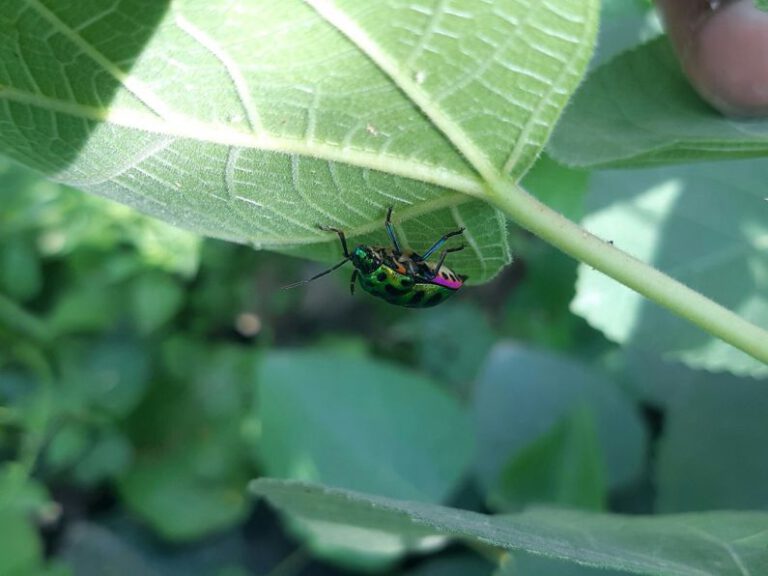How to Start a Vegetable Garden in Your Backyard?
Vegetable gardening is a rewarding and fulfilling activity that allows you to grow your own food right in your backyard. Not only does it provide you with fresh and healthy produce, but it also promotes sustainability and self-sufficiency. If you’ve been considering starting a vegetable garden but don’t know where to begin, this article will guide you through the process. From selecting the right location to maintaining your garden, here are some essential steps to get you started.
Choosing the Perfect Location
The first step in starting a vegetable garden is finding the right location in your backyard. Ideally, your garden should receive at least six hours of direct sunlight daily. Look for an area that is away from large trees or structures that may cast shadows. Ensure that the soil in the chosen spot is well-draining and not prone to waterlogging. Additionally, consider the proximity to a water source for easy irrigation.
Preparing the Soil
Once you’ve chosen the location, it’s time to prepare the soil for planting. Begin by removing any grass or weeds from the area. Use a shovel or a tiller to loosen the soil, breaking up any compacted areas. Add organic matter such as compost or well-rotted manure to improve the soil’s fertility and structure. Incorporate the organic matter into the soil using a garden fork or tiller, ensuring that it is evenly distributed.
Selecting the Right Vegetables
Before you start planting, it’s important to choose the right vegetables for your garden. Consider your climate, the amount of sunlight your garden receives, and the available space. If you’re a beginner, start with easy-to-grow vegetables like tomatoes, lettuce, carrots, and peppers. You can also opt for varieties that are resistant to common pests and diseases, reducing the need for chemical pesticides.
Planting and Caring for Your Vegetables
Once you’ve decided on the vegetables you want to grow, it’s time to plant them in your garden. Follow the instructions on the seed packets or young plant labels for proper spacing and depth. Water your plants immediately after planting to help them establish their roots. Throughout the growing season, ensure that your plants receive adequate water, either through rainfall or irrigation. Regularly weed your garden to prevent competition for nutrients and space.
Protecting Your Garden from Pests and Diseases
Pests and diseases can wreak havoc on your vegetable garden if left unchecked. Implement preventive measures such as companion planting and crop rotation to deter pests and reduce the risk of diseases. Use organic pest control methods like handpicking pests, applying neem oil, or using insecticidal soap. Regularly inspect your plants for any signs of infestation or disease and take appropriate action immediately.
Harvesting and Enjoying the Fruits of Your Labor
The final step in starting a vegetable garden is harvesting your crops. Different vegetables have different maturity times, so refer to the seed packets or plant labels for guidance. Harvest your vegetables when they are at their peak ripeness to enjoy the best flavor and texture. Remember to share your bountiful harvest with friends and family or preserve it for later use by freezing or canning.
In conclusion, starting a vegetable garden in your backyard is a fulfilling and sustainable endeavor. By following these steps, you can create a thriving garden that provides you with fresh and nutritious produce all season long. Remember to choose the right location, prepare the soil, select suitable vegetables, plant and care for them properly, protect your garden from pests and diseases, and finally, enjoy the fruits of your labor. Happy gardening!






